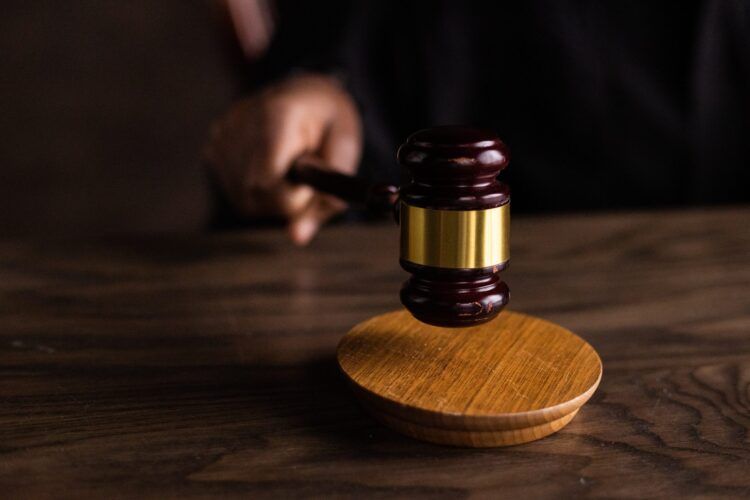A recent verdict by United States District Court Judge Beryl A. Howell has sparked conversations across tech, art, and legal circles. The ruling states that AI-generated artwork cannot be copyrighted without “human authorship.” This decision challenges familiar ideas about intellectual property and creativity.
A different perspective
In a legal twist that has sent ripples through the domains of technology, artistry, and the law, a recent verdict from United States District Court Judge Beryl A. Howell has thrust AI-generated artwork into the spotlight. The decision, which asserts that AI-generated art lacks the requisite “human authorship” for copyright protection, has ignited passionate dialogues about the nature of creativity and intellectual property rights in our digital age.
The ruling stems from the belief that copyright should protect works created by human hands, not unguided technology.

Judge Howell’s stance has ignited debates about the nature of AI’s role in artistry and the ownership of AI-generated creations.
What about the artists?
The implications of this ruling extend far beyond the realm of copyright law, reaching deep into the core of the art industry and the world of AI developers. At the heart of these debates lies a fundamental question: Are AI systems mere tools in the hands of human creators, amplifying their ingenuity? Or are they deserving of some level of recognition as co-creators in their own right? The ruling’s implications touch on the very essence of human identity, the nature of collaboration, and the future trajectory of artistic endeavors.
Beyond the gallery
Interestingly, the effects of this decision ripple beyond art. The entertainment industry faces similar questions about authorship and ownership as AI-generated content becomes more prevalent. This ruling could influence labor disputes and recognition issues for contributors in Hollywood and beyond.
Conclusion
Judge Howell’s ruling has illuminated a path forward that is both promising and perplexing. As AI-generated art claims its rightful place on the global stage, a complex mosaic of opinions emerges. The ruling not only delves into copyright debates but delves deeper into existential inquiries about human creativity, the role of technology, and the boundaries of originality. This juncture stands as an invitation to navigate the uncharted waters where humans and AI converge, birthing an era of innovation that paints the future with bold strokes of creativity and collaboration.
Featured image credit: EKATERINA BOLOVTSOVA/Pexels





